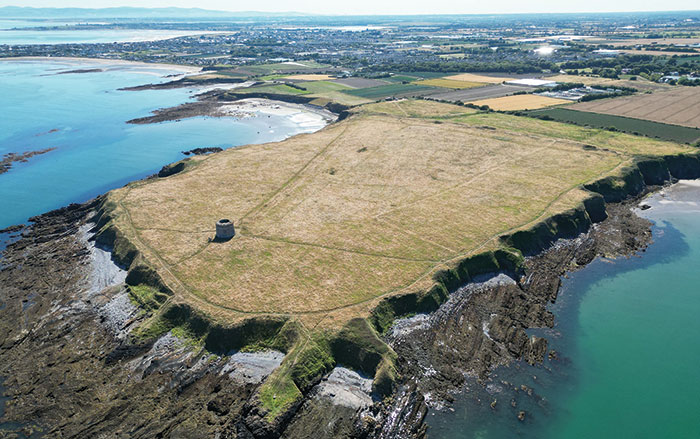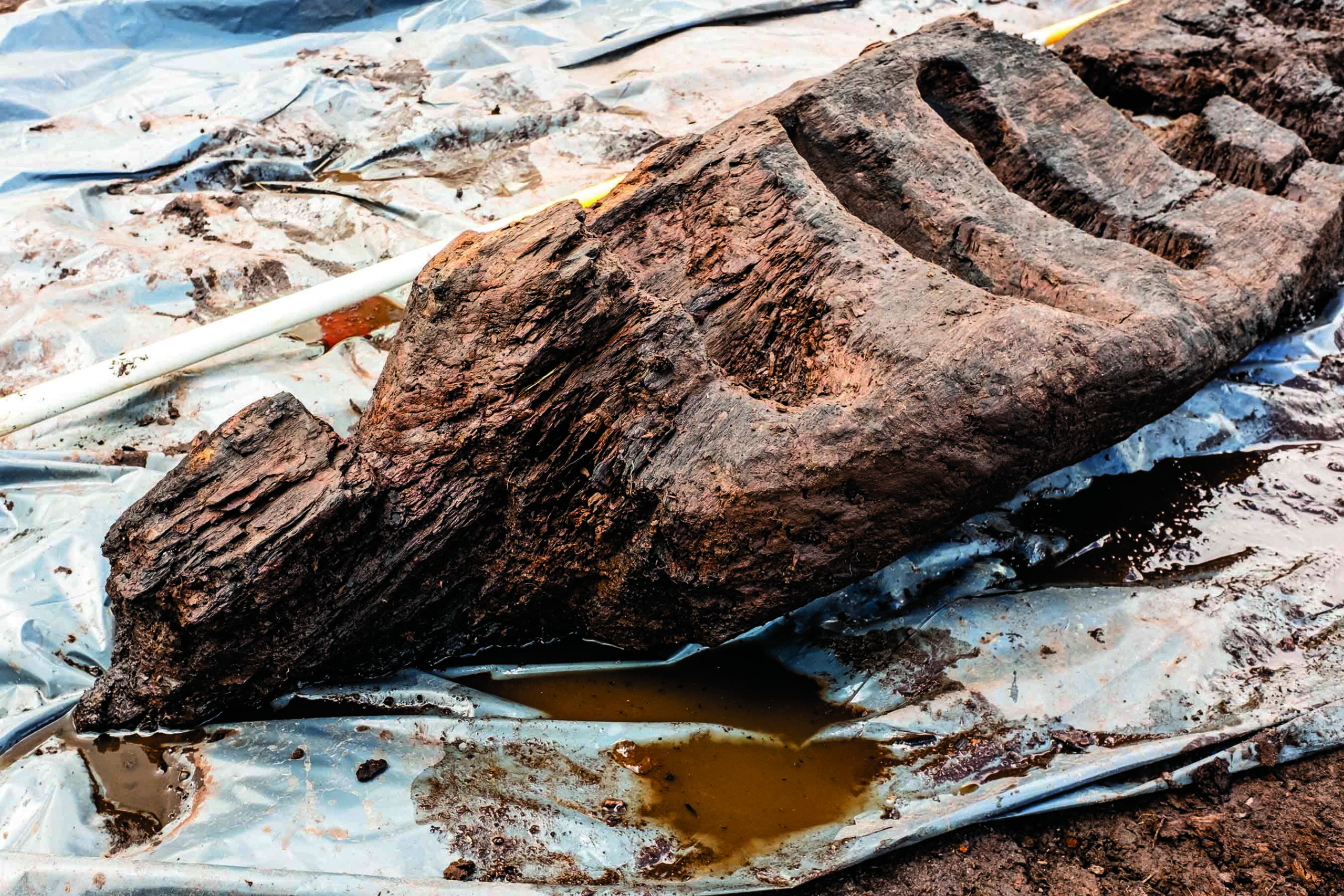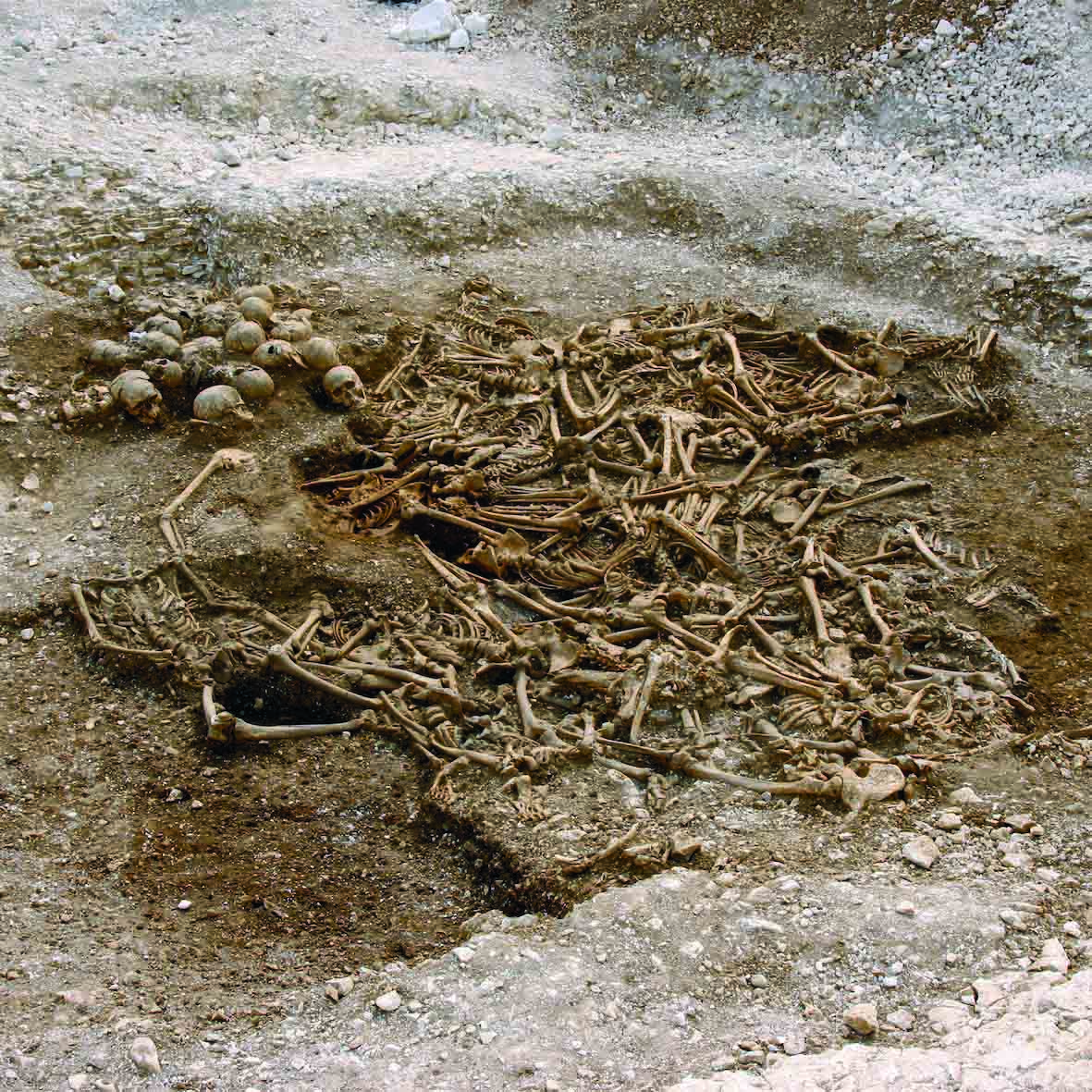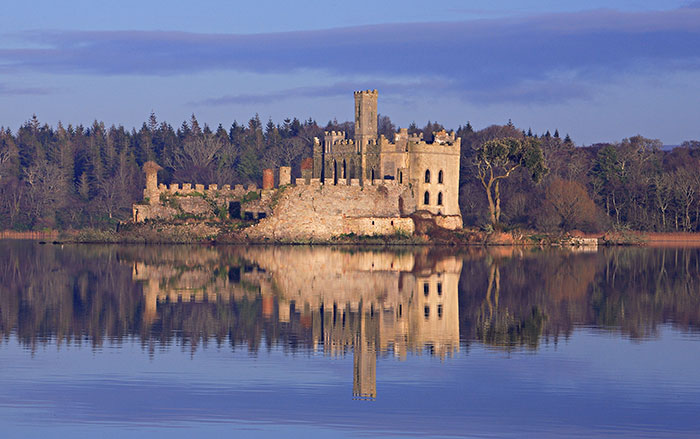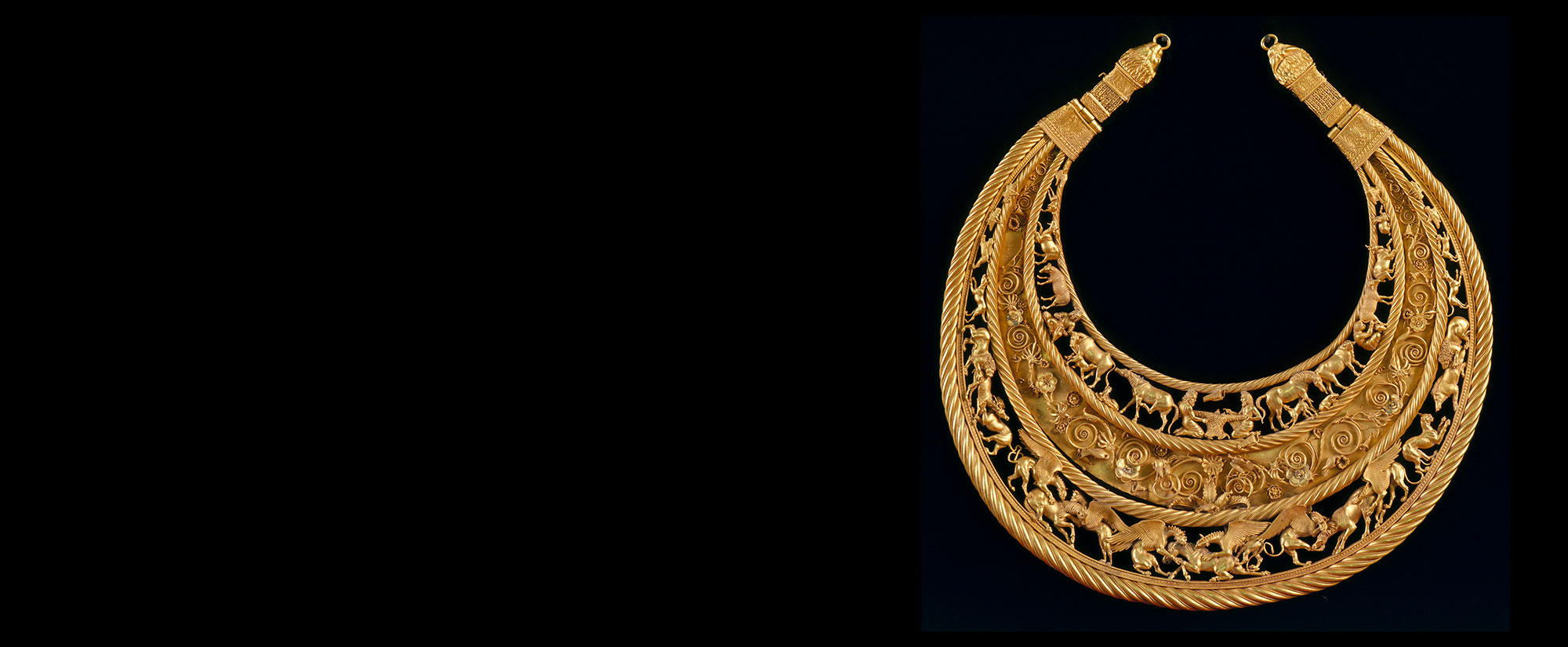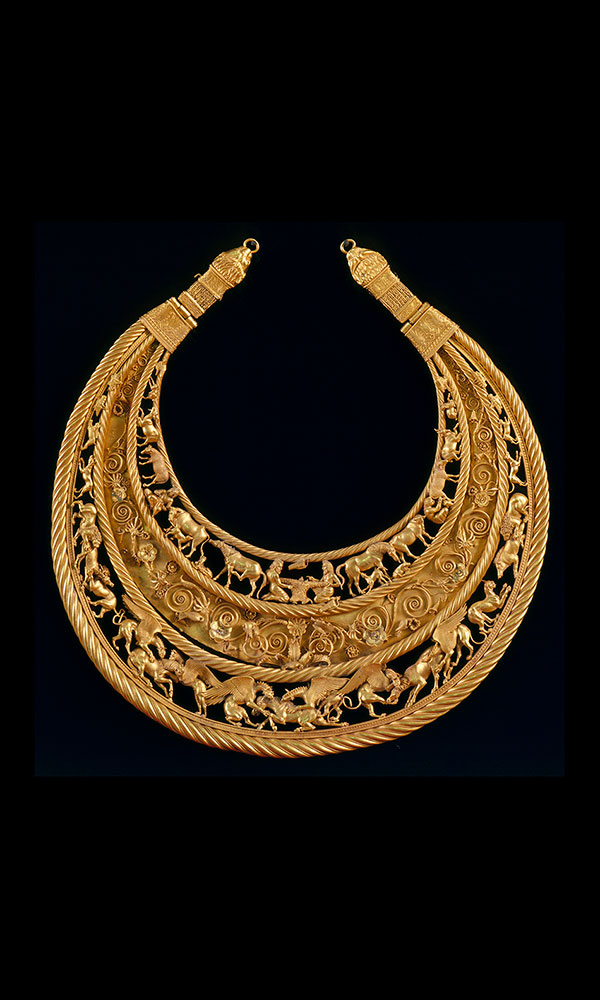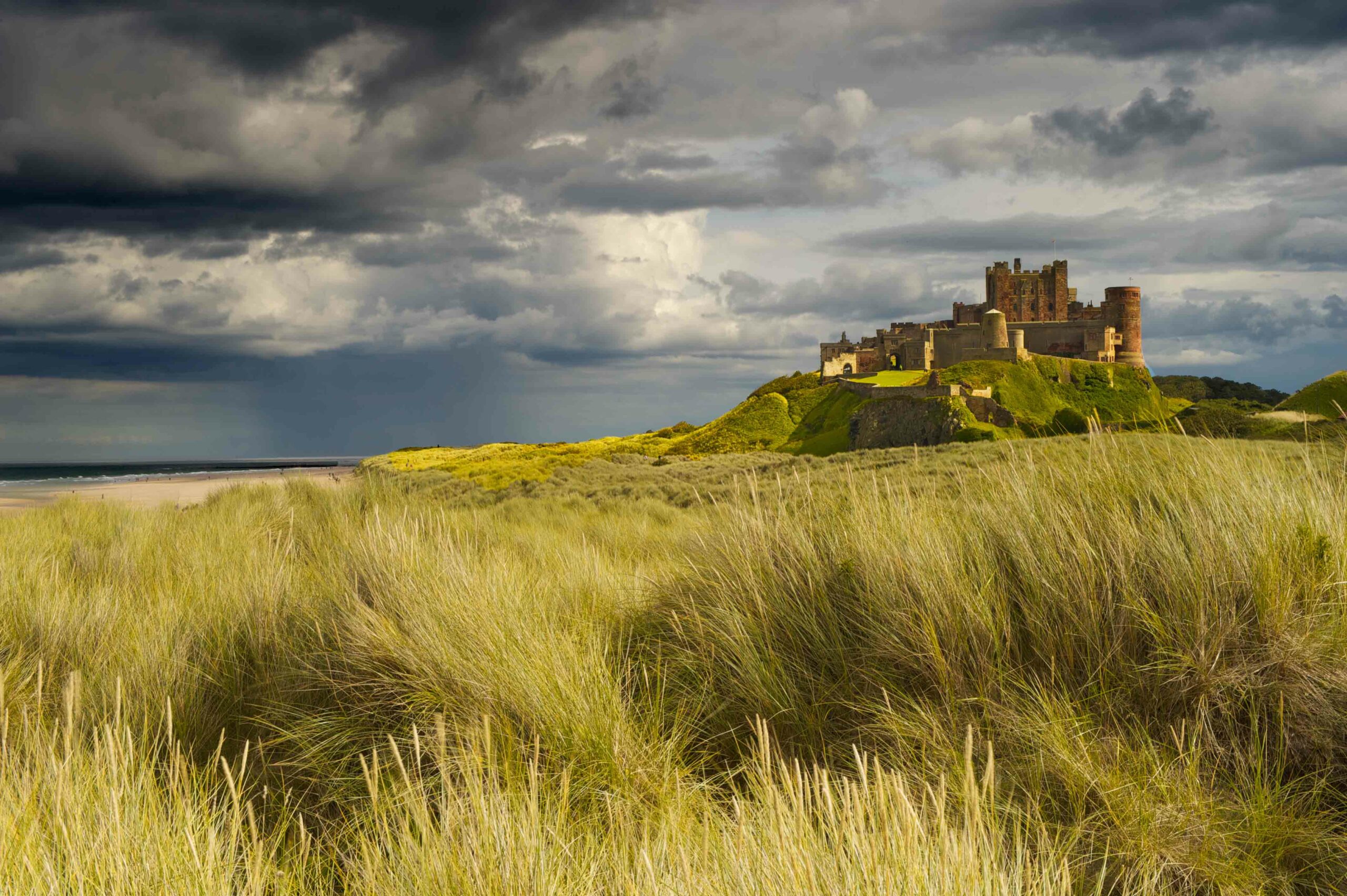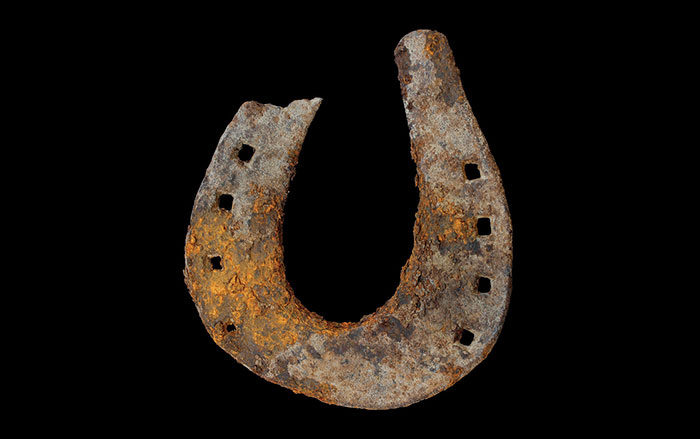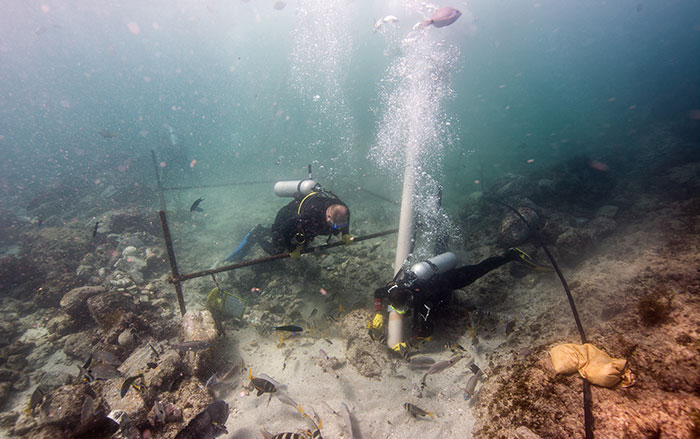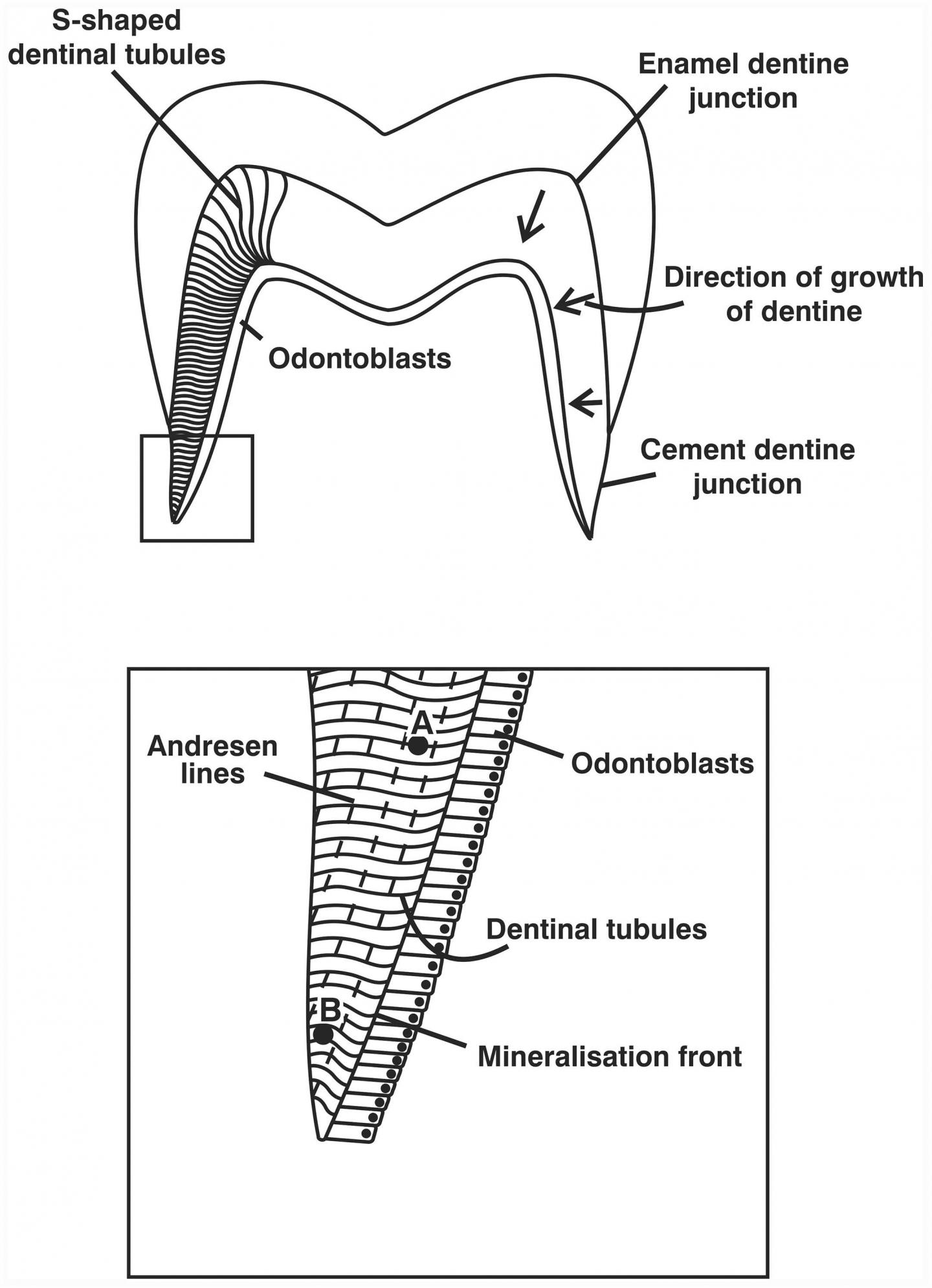
BRADFORD, ENGLAND—Evidence of starvation could be found through the analysis of the levels of stable carbon and nitrogen isotopes in teeth, according to a report in The Guardian. The composition of dentine collagen reflects the diet during childhood, at the time the tooth was growing. Julia Beaumont of the University of Bradford and Janet Montgomery of Durham University tested one tooth from each of 20 adults and children whose remains were unearthed from a workhouse cemetery in Kilkenny, Ireland, where almost 1,000 victims of the Great Famine were interred. Some of the adults had lived through earlier periods of food shortages before the Great Famine of 1845 to 1852. The scientists also examined bone collagen from the skeletons’ ribs, which reflects the diet during the few years before death. Because the residents of the workhouse had been given maize, imported from America, to eat, the researchers were able to identify this change in the diet and mark the condition of the teeth just before the change took place, when the people were starving. “We’re seeing evidence here of the body virtually eating itself as starvation gets a grip,” Beaumont said. For more, go to "The Vikings in Ireland."


